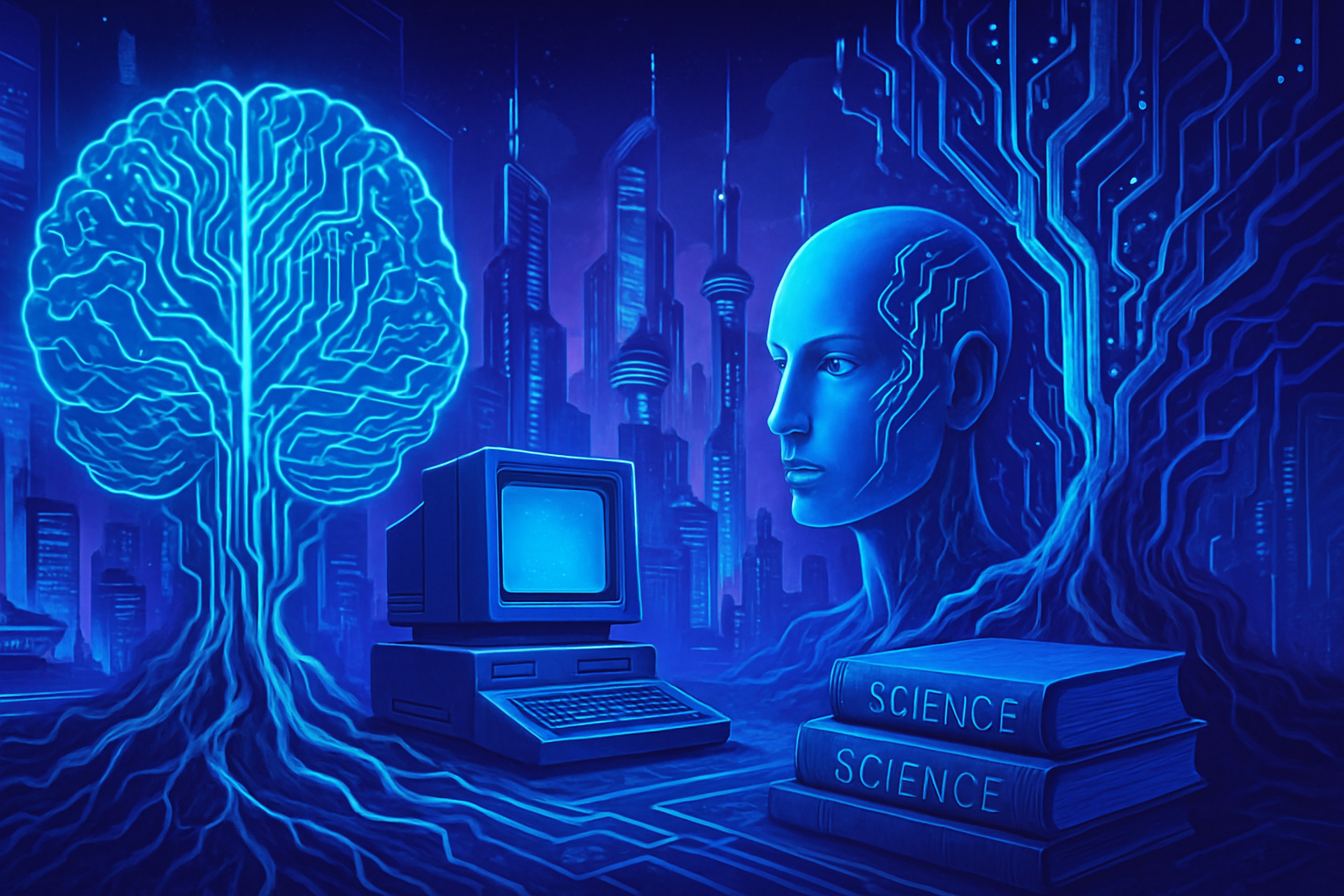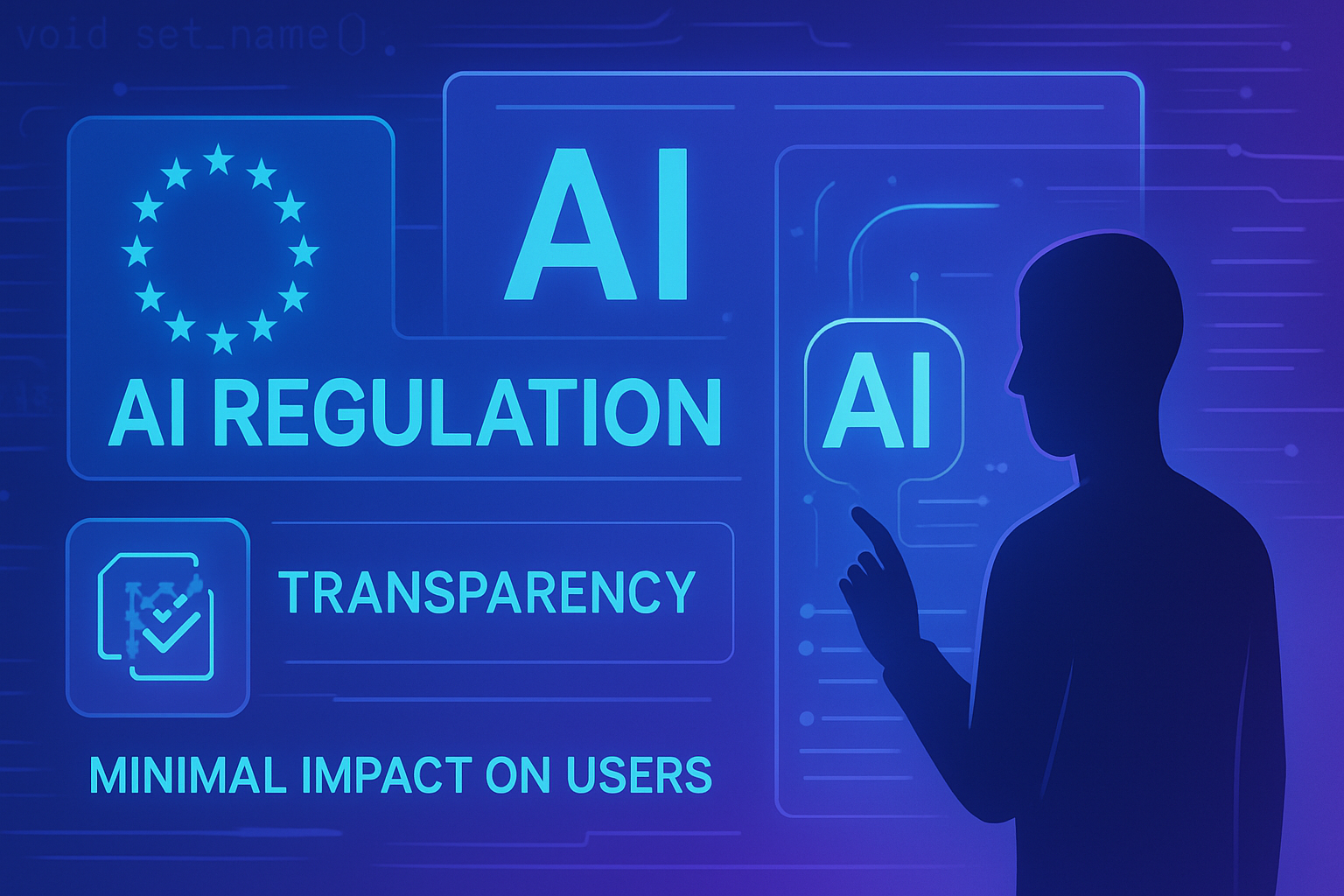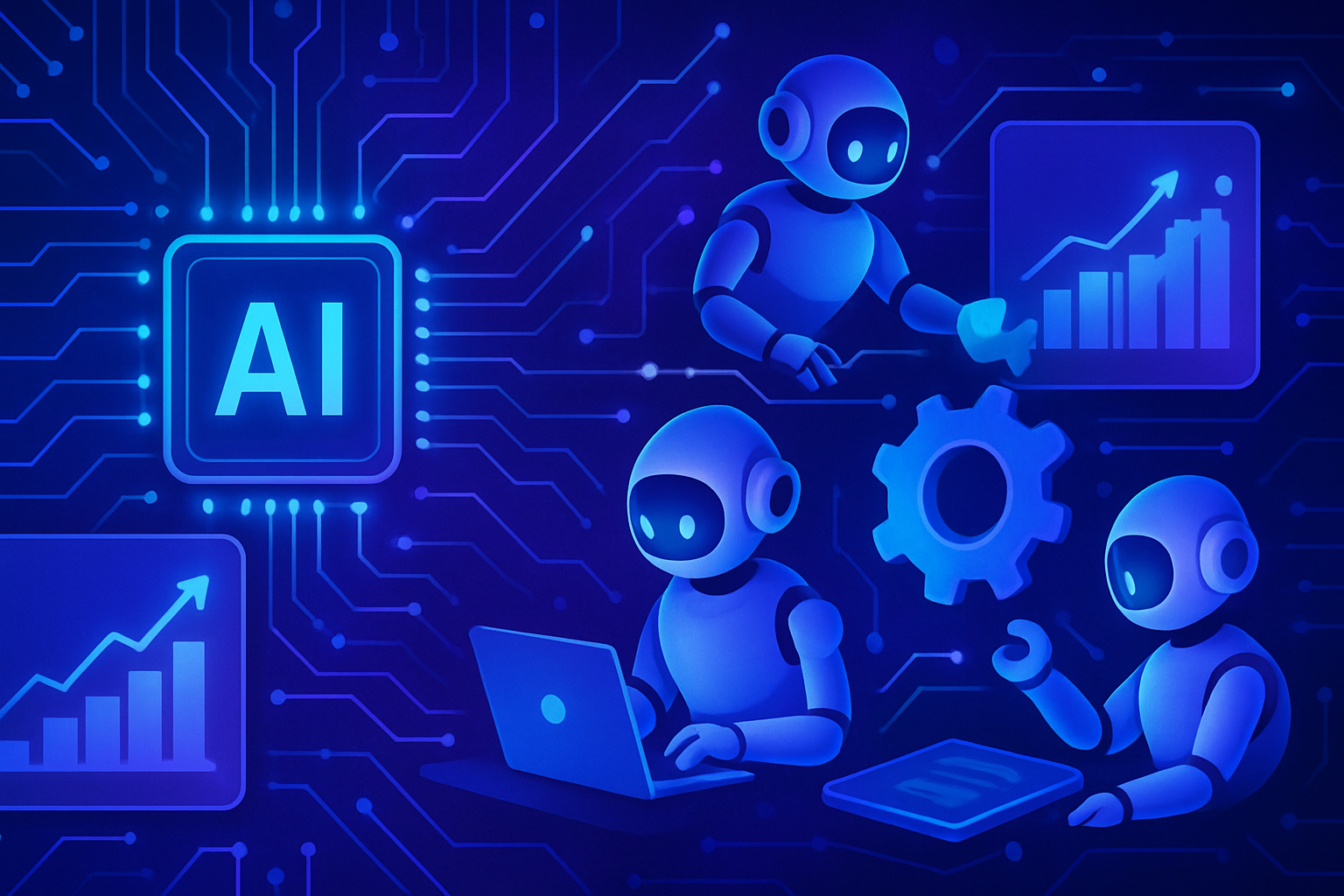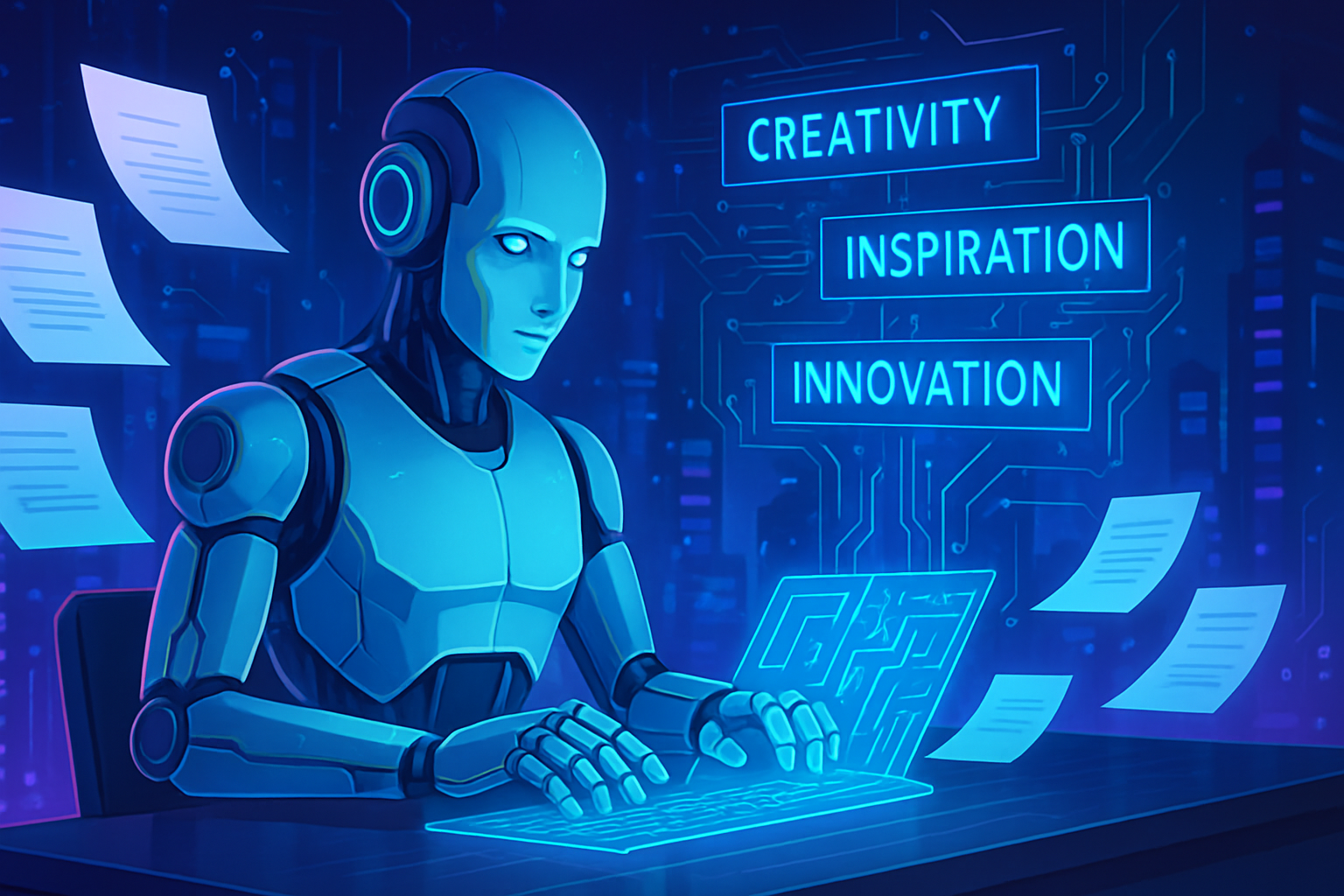The advancements in AI are revolutionizing cell biology, offering fascinating prospects for protein detection. Researchers are striving to predict the position of nearly all proteins within a human cell, thereby dispelling uncertainties related to pathologies such as Alzheimer’s and cancer. *The importance of locating these proteins lies in their central role in biological processes.*
The innovative approach of scientists combines machine learning models to decode the mysteries of cellular architecture. *This technique could transform clinical research by optimizing diagnostic and treatment strategies.*
The ability to accurately identify the location of proteins will facilitate a better understanding of complex diseases, making scientific discoveries not only relevant but also crucial for the future of medicine.
The Use of AI for Protein Localization
Researchers affiliated with MIT, Harvard University, and the Broad Institute are developing an innovative method to predict the localization of proteins in human cells. This technological advancement aims to identify the locations of proteins, a critical issue in the fight against diseases such as Alzheimer’s, cystic fibrosis, and certain cancers. The challenge arises from the fact that approximately 70,000 different proteins inhabit a single human cell, making their manual study both expensive and time-consuming.
An Innovative Computational Approach
Scientists have developed a prediction model called PUPS, which leverages large datasets. These datasets contain thousands of proteins and their measured locations across different cell types. The Human Protein Atlas, for example, catalogs the subcellular behavior of over 13,000 proteins in more than 40 cell lines. Although this database is vast, it has only explored about 0.25% of the potential matches between proteins and cell lines.
The PUPS Model: Functionality and Innovation
The PUPS model consists of two parts. The first part relies on a protein sequence model that analyzes the properties determining a protein’s localization, as well as its 3D structure. The second part uses an image reconstruction model designed to fill in missing information from three stained cell images. This allows it to analyze the state of the cell, its characteristics, and any stress it may be facing.
Unique Cell-Level Precision
PUPS goes beyond traditional AI methods. It localizes proteins at a unique cell level and not as average estimates. This precision could allow for identifying the localization of a protein in specific cancer cells after treatment. The user provides the amino acid sequence of the protein along with images of the stained cells, then PUPS performs the rest of the analysis.
Training and Learning of the Model
During the training of PUPS, researchers implemented tricks to enrich its learning. By assigning a secondary task, such as naming the localization compartment, the model enhances its understanding of different cellular compartmentalizations. Thus, the students of a teacher can better grasp it through an additional task.
Validation of Results
Researchers verified that PUPS could predict the subcellular localization of new proteins in unknown cell lines based on laboratory experiments. The results demonstrated that PUPS displayed a lower prediction error rate compared to benchmark AI methods.
Future of Research and Ambitions
Scientists plan to refine the PUPS model so that it can analyze interactions between proteins while allowing predictions concerning multiple proteins within a single cell. In the long term, the goal is to enable PUPS to make predictions on living human tissues, thereby surpassing the framework of cultured cells.
This project is supported by the Eric and Wendy Schmidt Center, as well as by the National Institutes of Health and other research foundations. The advancements made in this research are likely to transform the way complex biological problems are approached and accelerate the development of new therapies.
Visit the site for more information:
- Chemistry and artificial intelligence
- Isomorphic Labs and drug research
- Nobel Prize in Chemistry 2024
- AI and genetic regulation
- AI in the spotlight in 2024
Frequently Asked Questions
What can AI do to predict the position of proteins in a human cell?
AI enables the development of models capable of locating proteins at a precise cellular level, even for proteins and cell lines never tested before, using rich training data on thousands of proteins.
Why is it important to know the localization of proteins in cells?
The localization of proteins is crucial as it indicates their functional status and influences their role in disease development, such as cancer and Alzheimer’s.
What types of data are used to train AI models in protein localization prediction?
Models use protein sequences, three-dimensional structures, and images of stained cells to learn where proteins localize within cells.
How do researchers validate the accuracy of their protein localization predictions?
They conduct laboratory experiments to compare the model predictions with actual observations of protein localization in cells, seeking to minimize prediction error.
Are there limitations to AI models for predicting protein localization?
Models may face limitations when attempting to generalize to proteins or cell types that were not included in the training data, but recent advancements aim to overcome these challenges.
What advantages does the AI-based approach offer compared to traditional methods of analyzing protein localization?
This approach reduces the time and costs associated with laboratory experiments, allowing researchers to perform virtual screening of proteins to analyze before practical tests.
How could the researchers’ approach influence the medical treatment of diseases?
Protein localization predictions can aid in more efficient disease diagnosis and identify drug targets, making the process of discovering new treatments faster and more targeted.
Are the results of this research accessible to scientists outside of the direct research community?
Yes, the results and models are often published and shared, allowing other researchers to access these tools for their own studies on proteins and their localizations.
What are the next developments planned for AI models in this field?
Researchers wish to continue improving models to better understand interactions between different proteins and extend predictions to living human tissues rather than cultured cells.






